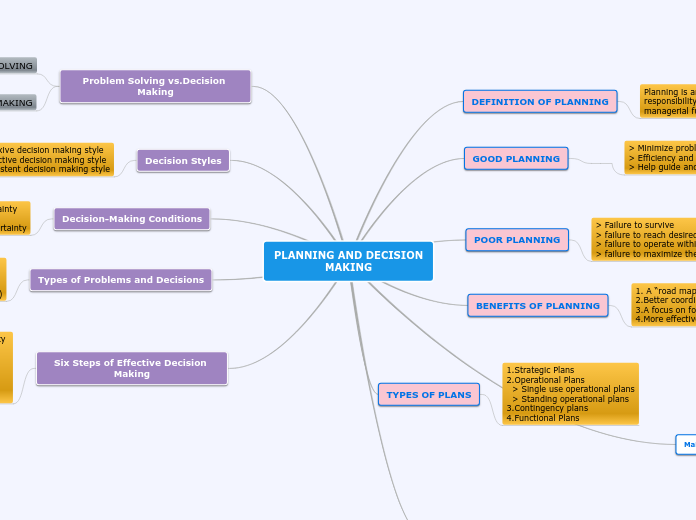przez najwa yaakub 6 lat temu
385
PLANNING AND DECISIONMAKING

przez najwa yaakub 6 lat temu
385

Więcej takich
> Formally prepared > Factual, logical and realistic > Planning may cover a long-term or short-term period.